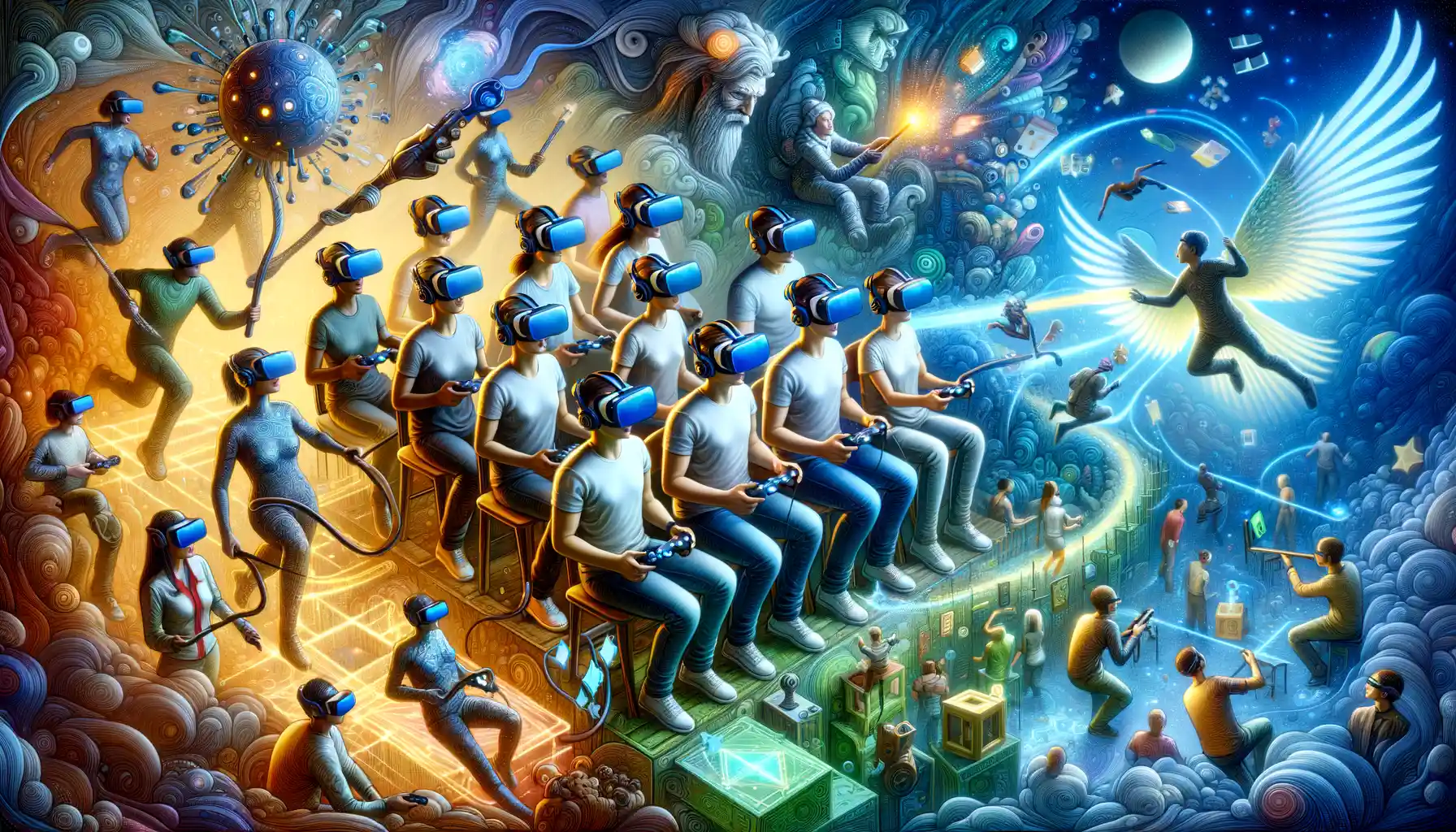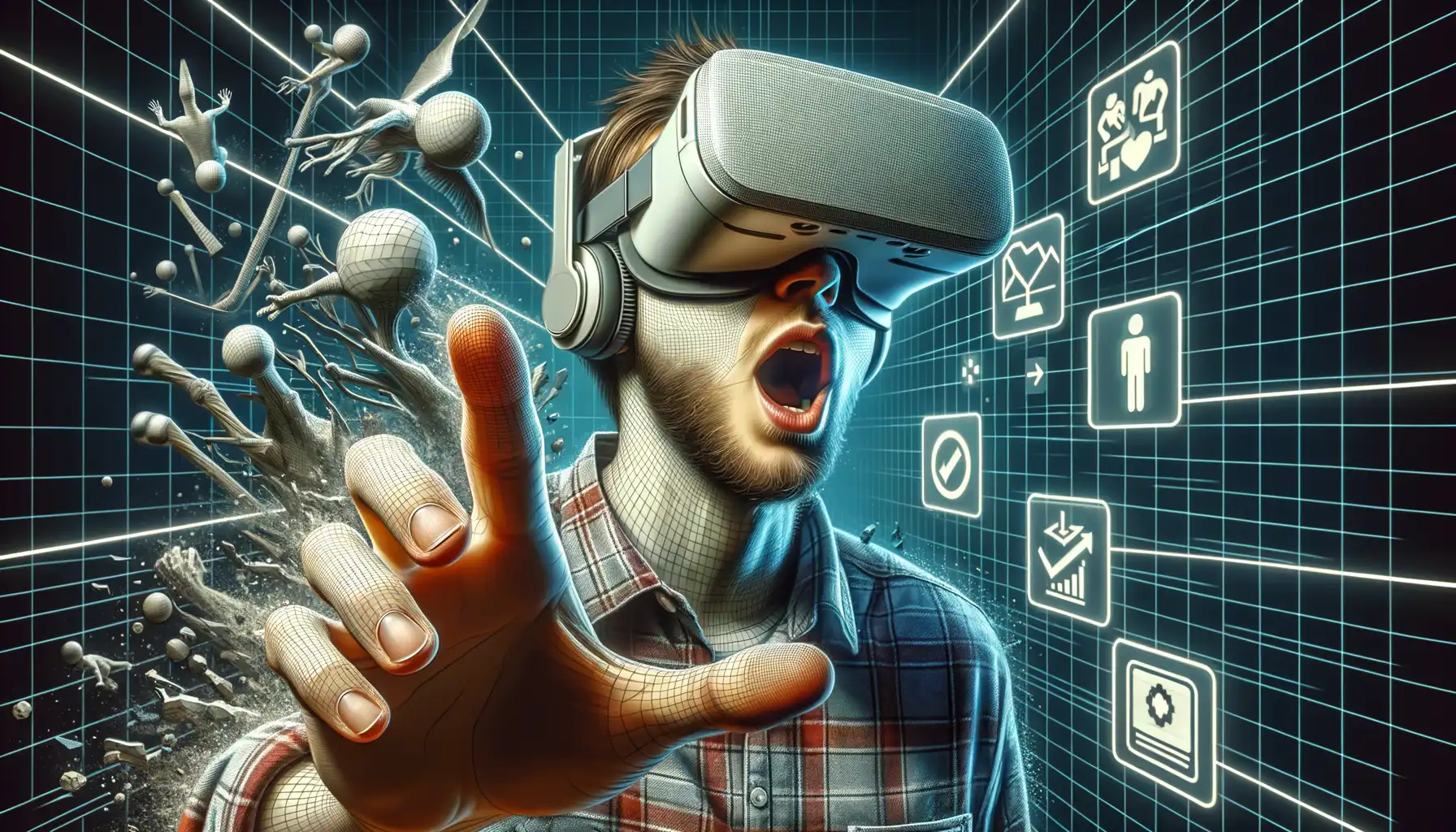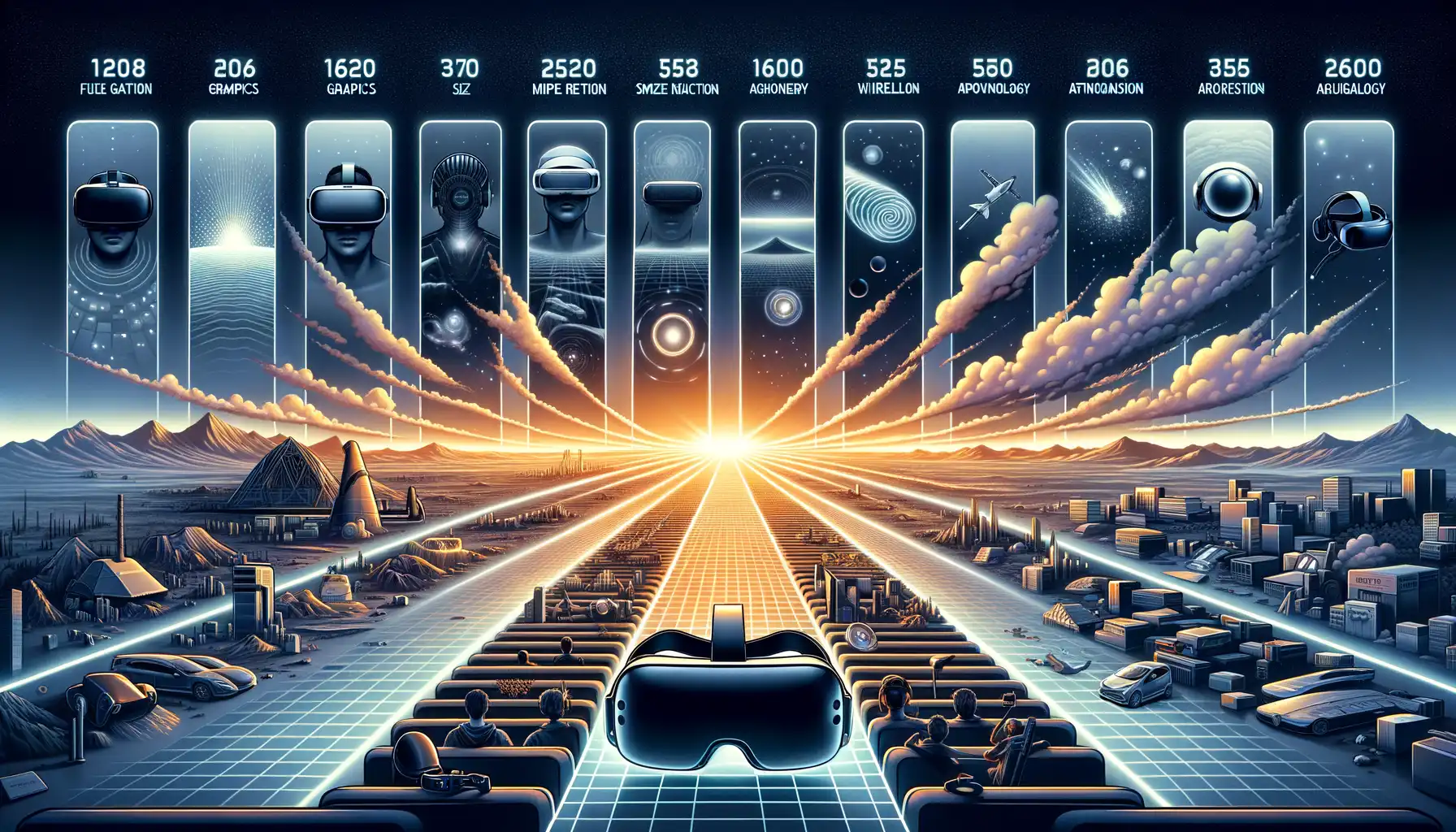Technological Advancements Shaping VR in Gaming
Breaking Barriers with Immersive Hardware
Picture this: slipping on a lightweight, almost feather-like VR headset that transports you straight into another dimension. That’s the kind of magic new hardware innovations are delivering in spades. Thanks to advancements like inside-out tracking and ultra-high-definition displays, you’re not just playing a game—you’re living it. Think about gloves with incredible haptic feedback—every punch or handshake feels shockingly real. And for those who crave freedom? Wireless VR headsets are finally untethering us, cutting the cords without cutting corners on performance.
But it doesn’t end there. Companies are now experimenting with power-packed processors made specifically for VR, ensuring buttery-smooth gameplay because no one wants nausea as their co-op partner. And let’s not forget eye-tracking technology, which makes interactions feel eerily human. It’s like the tech knows where you’re going before *you do*!
- Wearable body suits for full-motion tracking
- Face sensors for emotional expression in real-time avatars
- Room-scale VR setups for ultimate freedom of movement
Software Innovations Transforming Virtual Worlds
Hardware may be the gateway, but software is the soul of VR gaming evolution. Today, developers are crafting hyper-detailed worlds powered by photorealistic graphics engines. The result? Motion so seamless, water looks wet, and flames make you flinch.
Procedural generation has also stepped up its game, creating sprawling cities and alien ecosystems that feel alive—not predictable set pieces. Then there’s adaptive audio. Imagine hearing whispers behind you—and they actually sound like they’re coming from someone lurking in a shadowy corner. That’s spine-tingling immersion courtesy of 3D soundscapes!
And here’s a kicker: AI-powered NPCs are no longer stiff mannequins—they react, adapt, and evolve based on your actions. Who knew that even virtual dragons could hold grudges? Every session feels less like “playing” and more like stepping into a universe built solely for you.
The Impact of VR on Online Multiplayer Communities

A Revolution in Multiplayer Connections
Step into a virtual tavern where players from across the globe gather—not just as usernames on a screen, but as fully embodied avatars. Virtual Reality (VR) has transformed the way we experience online multiplayer communities, creating spaces that are intimate, tactile, and astoundingly real. Picture the camaraderie of physically high-fiving a teammate after a hard-fought battle or huddling together to strategize in a dystopian VR world. Moments like these aren’t just gaming—they’re relationships forged in digital fire.
What’s more, VR has obliterated the boundaries of traditional communication. That sarcastic tilt of an avatar’s head, the exaggerated celebration dance, or even a hand extended for a handshake—all of it builds a layer of emotional depth that traditional gaming simply can’t replicate. It’s not just about “winning” anymore; it’s about being *present*.
- Shared physical gestures create deeper bonds among players.
- Real-time voice and body tracking make interactions feel authentic.
- Persistent VR worlds foster loyalty and long-term engagement.
For every raid or quest completed in VR, there’s a shared story that lingers far beyond the headset. This isn’t merely the future of gaming—it’s the future of human connection.
Challenges and Limitations of Virtual Reality in Gaming

The Weight of Costs and Accessibility
Let’s face it—diving into the world of Virtual Reality feels like stepping into a sci-fi movie, but that blockbuster experience doesn’t come cheap. High-quality VR headsets, like the Meta Quest Pro or Valve Index, are jaw-dropping in terms of immersion *and* price tags. Not everyone can swing a $1,000+ setup, let alone the high-performance PC needed to power it. And let’s not forget about space—VR thrives in wide, uncluttered areas. For urban gamers crammed into tight apartments, movement-based games can feel more like furniture-dodging obstacle courses than liberating virtual adventures.
- Hardware Costs: Headsets, controllers, and upgrades quickly add up.
- Space Requirements: Not everyone has room for a dedicated VR playground.
The (Literal) Pain Points of VR Gaming
Here’s something VR enthusiasts don’t talk about enough: your body pays a price. Motion sickness is a real beast. Imagine being five minutes into a space dogfight when, suddenly, your stomach decides it’s rebelling against artificial gravity. It’s not just nausea, either. Extended gameplay often leads to eye strain, neck fatigue, and even the dreaded “VR sweats.” It’s hard to feel like a superhero when you’re constantly readjusting your headset or wiping down foggy lenses.
And then there’s the emotional toll. As *mind-blowing* as VR multiplayer games are, they rarely replicate the subtle joy of shared couch co-op. Loneliness creeps in, and while avatars may high-five, it’s not the same as a buddy handing you a slice of pizza between levels.
VR is thrilling, challenging, and unapologetically imperfect—which, let’s be honest, is part of its charm. But it’s not all smooth sailing yet.
The Role of Artificial Intelligence in Enhancing VR Experiences

How AI Breathes Life into Virtual Worlds
Imagine stepping into a VR game where every NPC (non-playable character) feels like a real, breathing entity. That’s the magic of Artificial Intelligence. With AI at the helm, virtual reality transforms into something more than just pixels and polygons—it becomes an ecosystem alive with dynamic choices and unscripted moments.
Through adaptive learning, AI tailors the VR experience to you. For instance, in a medieval-themed multiplayer game, enemies might study your combat style. Block too often? They’ll switch to fast attacks. Explore carefully? Hidden treasures may suddenly appear in harder-to-reach places. It’s as if the game knows you personally and evolves to keep things fresh and challenging.
- Procedural environments: AI generates infinite landscapes or dungeons, ensuring no two explorations feel the same.
- Emotionally reactive NPCs: Say something sarcastic to an NPC, and they might remember it—and act passive-aggressive later.
- Customized storytelling: Choose your own adventure gets smarter, creating narrative twists based on your preferences.
Smarter Interactions with the Virtual World
Here’s where AI really shines: bridging the gap between you and the virtual realm. Thanks to advancements in natural language processing, you can now hold fluid conversations with characters who sound less like robots and more like savvy sidekicks. Imagine declaring an alliance with an NPC during gameplay, only to have them betray you later because their AI-driven “loyalty” module decided you weren’t trustworthy enough. Cruel? Yes. Amazing? Absolutely.
Even objects and environments benefit from AI. Picture this: a thunderstorm rolls over your VR city, but it’s not just random noise. AI ensures the rain intensifies if you stand in a specific location or your character’s footsteps squish differently based on puddle depth. It’s these subtle details that elevate gaming from impressive to immersive.
Predictions for the Evolution of VR in the Gaming Industry

Immersive Worlds Redefined
Let’s imagine this: you’re stepping into a game, not with a controller in hand, but as a living, breathing part of its world. The future of VR in gaming is headed toward creating experiences so tangible, you’ll swear you can feel the heat from a dragon’s breath or the crunch of snow beneath your feet. That’s where we’re going, and honestly, it’s thrilling to think about.
We’re talking about an evolution that will transform VR from a “wow factor” to a fully integrated lifestyle. Expect hyper-realistic visuals powered by cutting-edge GPUs, combined with tactile feedback suits that make your body a **controller**, not just your thumbs. Suddenly, dodging laser beams won’t just be a matter of reflexes—it’ll be a full-body workout!
- Imagine multiplayer worlds where every gesture, every nod, and every whisper is tracked—this level of realism could foster deeper connections with players across the globe.
- Think haptic gloves that let you grip the hilt of a sword, or shoes that simulate walking on muddy paths or rocky terrain.
The next frontier? Merging **biometrics** into gameplay, where your emotions influence the narrative. Games won’t adapt to your skill level alone—they’ll respond to your heartbeat, pupil dilation, or even stress levels. Now, that’s next-level immersion.



